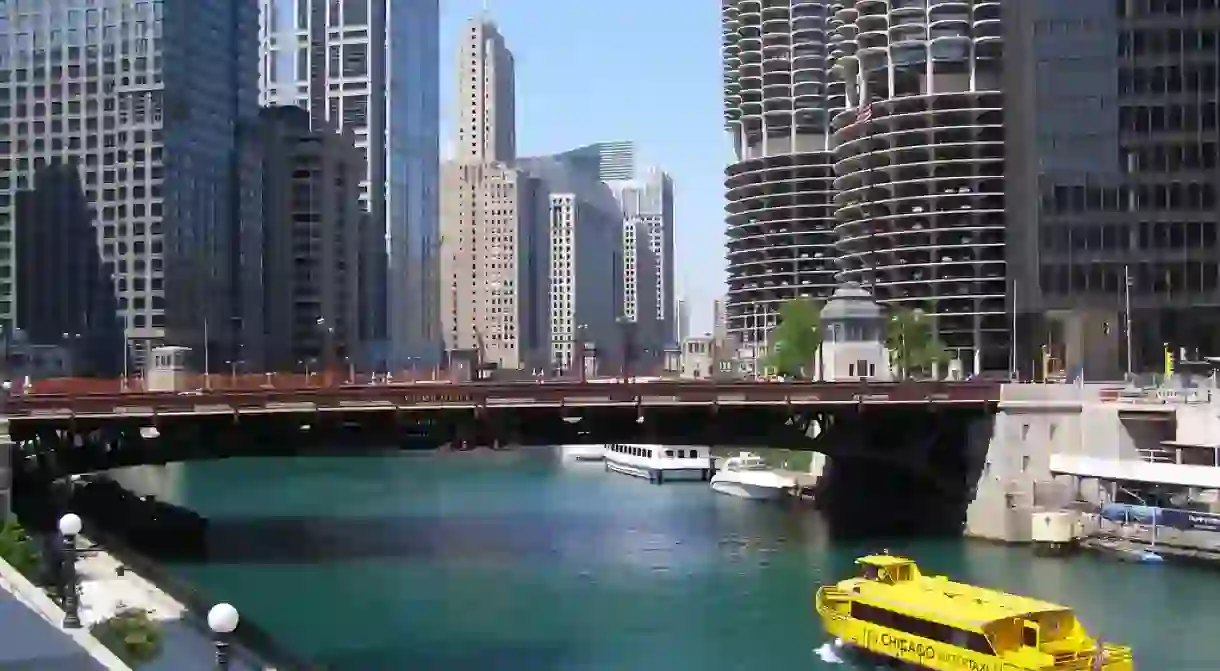How to Survive the Commute in Chicago

A recent study has found that Chicago’s workers officially have the longest commute in the country. Online retailer Auto Accessories Garage analyzed data from the U.S. Census Bureau and found that the average commute in Chicago takes 32.4 minutes, three minutes longer than New York and 14 minutes longer than Omaha, which had the shortest time. If that comes as no surprise to you, maybe it’s time to mix up your daily routine by considering new ways to beat the rat race.
Bike
Chicago is a bike-friendly city, having invested heavily in infrastructure to encourage people to take two wheels rather than four. There are over 200 miles (322 kilometers) of on-street bike lanes and more than 13,000 bike racks in the city, and the Chicago Streets for Cycling Plan 2020 is aiming for a 645-mile (1,028-kilometer) network to be in place by 2020. Don’t have a bike and don’t want to invest in one? The Divvy scheme allows you to grab a bike and go whenever you want, and easily drop it off when you no longer need it.

Chicago Water Taxi
It’s an undeniable fact that taking a boat to work is far cooler than any other form of transport, and the Chicago River makes that dream a reality for six months of the year. The Chicago Water Taxi has seven docks in total, bringing commuters to five downtown locations from Chinatown in the south and Ranch Triangle in the north. Running from April until November, it’s only a summer option, but it’s fast and offers some of the best views in the city.

Public transport
While it may not necessarily shorten your commute, taking public transport can certainly make the time more productive. Reading a book, listening to an audiobook or podcast, or, if you must, catching up on work can all distract you from the amount of time you spend traveling from point A to point B. A Ventra card is the easiest and cheapest way to pay for CTA buses and the “L” train system.

Park & Ride
Not being near to an “L” or Metra stop doesn’t mean you should rule out taking the train, as driving to one and then catching a train can still be shorter than dealing with the rush hour traffic all the way into downtown. Parking at a CTA Park & Ride lot or Metra station is also cheaper than parking downtown, even with the added cost of the train. Find a list of all CTA Park & Ride lots here and Metra parking information here.

Walk
Combining a commute with exercise is certainly a bonus, with obvious physical health benefits alongside the improvement in mood that comes from not spending over an hour a day sitting in traffic jams. Of course, it may not be possible to replace your whole commute with walking, but if it’s just as fast to walk as it is to crawl through traffic for part of the trip, walking is better for you and the city. Worried about the weather? Familiarize yourself with the Chicago Pedway System.

Take a scenic route
If you are going to cycle or walk, do it in style. Enjoy a great start to your day or de-stress on the way home by enjoying the relaxing sights and sounds of scenic routes such as the Lakefront Trail, the 606, and the North Shore Channel Trail. As well as having great views, public art, and green space, these routes are also direct, fast and easy to navigate—there is no traffic and fewer pedestrians.














